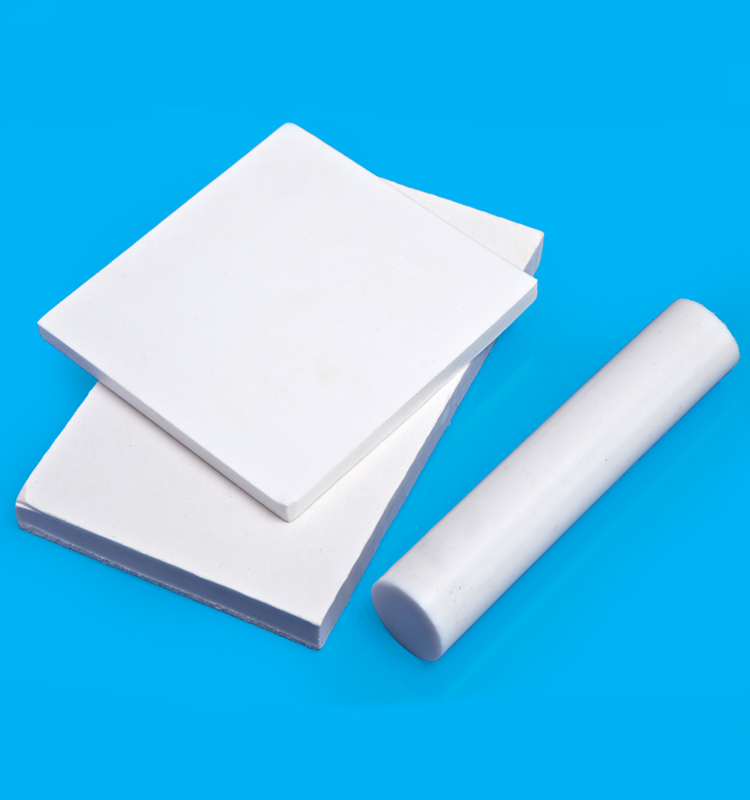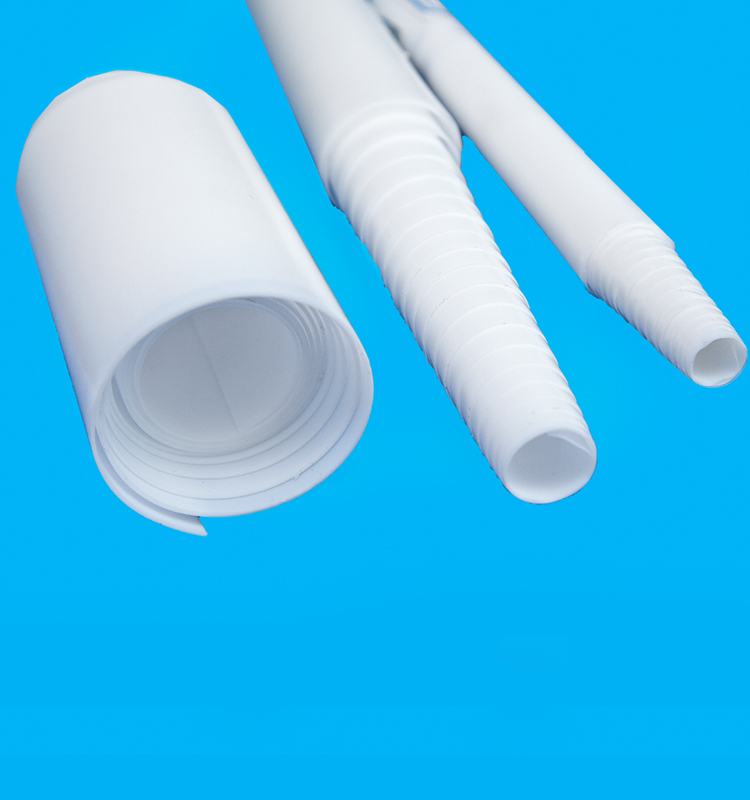Recently, relevant officials of the National Development and Reform Commission confirmed to the reporter that how the carbon tax is actually collected in the study. Whether or not a carbon tax is levied in the future collection of environmental taxes and how it is levied will be discussed further. However, the same person pointed out that resource-intensive, especially high-energy-consuming state-owned enterprises are currently the biggest obstacle to the government's carbon tax.
It was first introduced in 2012. Regarding carbon tax collection, the government began its research as early as 2008. In May this year, the National Development and Reform Commission and the relevant research group of the Ministry of Finance formed a special report on the "Framework Design of China's Carbon Tax System."
It is reported that the National Development and Reform Commission intends to impose a carbon tax on consumption and use carbon taxation to achieve the purpose of emission reduction. The current plan is being formulated.
“There are three technical alternatives for the government to introduce a carbon tax: one is to put it into the environmental protection tax as a tax item to see if it can come out with the environmental protection tax; the other is to introduce the carbon tax into the consumption tax against the fuel tax reform. The third option is to include the carbon tax in the resource tax and modify the tax rate based on the carbon content of fossil energy, said Jia Kang, director of the Institute of Finance. According to sources, the NDRC prefers the first two approaches.
According to Jiang Kejun, director of the Energy System Analysis and Market Analysis Research Center of the Energy Development Research Institute of the National Development and Reform Commission, the carbon tax can be regarded as a tax item for environmental taxes because the environmental tax is regarded as a tax type. The final introduction of the environmental tax requires the approval of the National People's Congress, but the carbon tax is one of them. Tax items can be implemented first, and it is best to start implementation in 2012. "Employment of carbon tax will not only reduce the pressure of energy conservation and emission reduction, but also help promote GDP growth," said Jiang Kejun.
The CIC Advisor also expects that the government will introduce a carbon tax in due course from 2012 to 2013, and introduce an environmental tax in 2014 and later.
Hou Yuxuan, a researcher in the investment advisory industry environmental protection industry, pointed out that if the carbon tax is levied on consumption, it will be the most direct way. Carbon tax belongs to price intervention. The imposition of carbon tax is an attempt to guide the behavior of economic entities through the change of relative prices and achieve the purpose of reducing emissions.
The biggest obstacle to the carbon tax of SOEs The government's hesitation among the three options is that some high energy-consuming SOEs are becoming the most important obstacles to energy-saving emission reductions and carbon taxation. "Like some coal, steel, and power companies, state-owned enterprises have been excluding energy-saving and emission-reduction, and they are even less supportive of carbon taxes because they directly affect the costs and benefits of these companies." The relevant person in charge of the National Development and Reform Commission told reporters.
The reporter immediately contacted a person in charge of a power company. The person thinks that if a carbon tax is imposed, the thermal power companies must be the ones most affected. Because the taxation of carbon tax directly affects the cost of thermal power companies, and as a thermal power company, Coal companies will inevitably pass on the cost of carbon tax to downstream thermal power companies. “The cost will inevitably be borne by thermal power companies because the price of electricity is controlled by the government. As long as the government does not adjust the price of electricity, the increased costs of thermal power companies cannot be passed on and can only be forced to self-digest.†The responsible person said, “The thermal power companies themselves High coal prices are already in losses, and further cost pressures will cause more thermal power companies to close down."
At the same time, the reporter contacted a person in charge of a steel company in Hebei. The person also believes that once the carbon tax is collected, it will have a significant impact on the company, because the company itself will assume the carbon tax, and as the downstream of the coal, it will also take on the coal. The part of the cost came out. “But the steel market is currently in a state of sluggish growth. Under this background, the price of steel cannot rise, and it can only absorb the increased costs.â€
The coal companies themselves also have measurement problems in the collection of carbon taxes. As Jiang Kejun said, coal is worth worrying because the measurement of natural gas and petroleum is very simple and strict, but there may be some tax evasion and tax evasion on coal, because the production of coal is not easy to determine, which may cause some coal mines to report production.
Industry debate on the operability of carbon tax Not only is carbon taxation, energy saving and emission reduction facing heavy pressure, but carbon taxation is also fraught with uncertainty.
As for the operability problems in the future collection of carbon taxes, Hou Yuxuan believes that the scope of carbon tax collection is too extensive, the difficulty of obtaining information is too high, and the cost is relatively high. Usually after the introduction of the carbon tax, companies can transfer costs by reducing production, adopting new technologies, and raising prices. However, this part of the cost will undoubtedly be passed on to downstream consumers through circulation, causing consumer prices to rise.
“As the cost is gradually shifted, the carbon tax will be gradually transferred, which will also reduce the emission reduction effect. Therefore, the carbon emission reduction effect depends largely on the cost transferability, that is, the product demand price elasticity. Uncertainty also increases the cost of pre-tax work for carbon taxation. Pricing and statistics will be the two most difficult aspects of the carbon tax levy, said Hou Yuxuan.
However, Jiang Kexin believes that there will be many problems in the implementation of any kind of taxation method. The carbon tax mainly involves energy taxation. When it is impossible to avoid technological issues, it should improve the overall supervision system.
However, whether the carbon tax is suitable for China's current economic development stage also leaves industry experts worried.
Hu Chi, deputy director of the China Entrepreneurs Association Research Office, believes that carbon tax collection is still difficult to implement at the operational level because China’s current economic development still relies on energy-intensive enterprises and resource companies, such as coal and steel, to save energy and reduce emissions. And the carbon tax levy will inevitably affect the development of these companies. Before the economic structure was changed, China had to face the question of whether to save energy or reduce emissions or maintain the pace of development when discussing carbon tax reform.
PTFE molded sheet is manufactured by molding method with PTFE granular resin. In fluoroplastics, PTFE got the most consumption and was used widely. It`s an important material in variety of fluoroplastics. PTFE exhibits astonishing chemical resistance. This self-lubricating material provides a low friction coefficient, and is ideally suited for the manufacture of corrosion-resistant gaskets & seals.
Applications :
• Seal, seats, packing, chevrons
• Piston rings, glide rings, lantern rings, back up rings, Slide bearings
• Electrical and thermal insulators
• Wear plates
• Bushes, bearings in chemical pumps
• O-rings, envelope gaskets
• Bellows, lings(chemical), valve seats
Key Features :
• Excellent chemical and heat resistance
• Lowest co-efficient of friction
• Highest operating temperature and stability
• Physiologically inert
• Excellent electrical properties
• Can have glass or bronze fillers for wear resistance


Black Ptfe Rod, Thin Ptfe Rod, White Ptfe Rod, Plastic Ptfe Rod
SHENZHEN XIONGYIHUA PLASTIC INSULATION LTD , https://www.xyhplastic.com